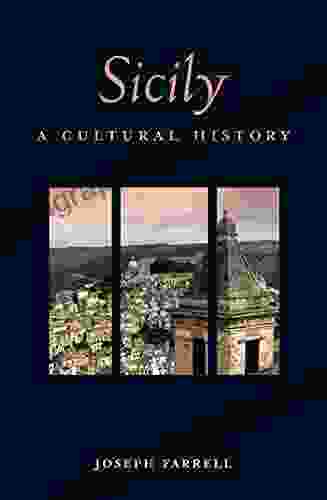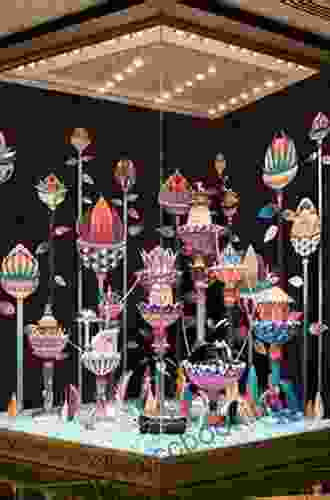Sicily: A Cultural Tapestry Unraveled


Unveiling the Layers of Sicilian History
Sicily, an enigmatic island nestled in the heart of the Mediterranean Sea, boasts a cultural heritage as diverse and captivating as its stunning landscapes. From the dawn of ancient civilizations to the vibrant tapestry of modern influences, Sicily's cultural history is a testament to the enduring power of human creativity and resilience.
4.3 out of 5
| Language | : | English |
| File size | : | 3396 KB |
| Text-to-Speech | : | Enabled |
| Screen Reader | : | Supported |
| Enhanced typesetting | : | Enabled |
| Word Wise | : | Enabled |
| Print length | : | 376 pages |
In 'Sicily Cultural History: Interlink Cultural Histories', historian and cultural anthropologist Dr. Sofia Marino takes us on an enthralling journey through the ages, exploring the island's rich and complex past. Through vivid narratives and captivating imagery, she unravels the layers of Sicilian history, tracing its transformations from prehistoric settlements to its current status as a vibrant crossroads of cultures.
Ancient Civilizations and Their Enduring Legacy

Sicily's cultural history has its roots in the mists of time, with evidence of human presence dating back to the Paleolithic era. The island's strategic location at the crossroads of the Mediterranean Sea made it a melting pot of cultures, with Phoenicians, Greeks, Carthaginians, and Romans all leaving their mark.
The ancient Greeks, who established colonies in Sicily from the 8th century BC onwards, played a pivotal role in shaping its cultural identity. The majestic temples of Agrigento, Selinunte, and Segesta stand as enduring testaments to their architectural prowess and artistic sensibilities. The Greek legacy in Sicily also extended to philosophy, literature, and art, enriching the intellectual and cultural landscape of the island.
The Impact of Roman Rule and Byzantine Influence
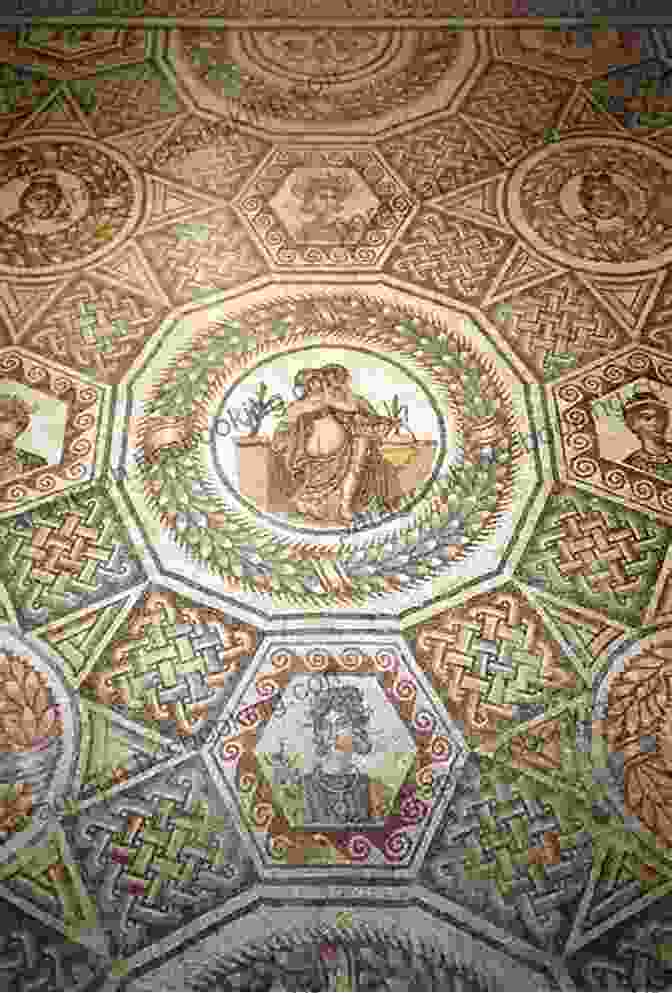
After the Roman conquest of Sicily in the 3rd century BC, the island became an integral part of the Roman Empire. Roman rule brought about significant changes to infrastructure, agriculture, and urban development, transforming Sicily into a prosperous province. The island's strategic importance as the granary of Rome led to the construction of vast latifundia, large agricultural estates, which shaped its agrarian landscape for centuries.
With the decline of the Roman Empire in the 5th century AD, Sicily came under the influence of the Byzantine Empire. Byzantine rule left a lasting imprint on the island's art and architecture, as evidenced in the magnificent mosaics adorning the churches of Monreale and Cefalù. The Byzantine period also marked the rise of Christianity in Sicily, which became deeply rooted in the island's cultural fabric.
Arab and Norman Contributions to Sicilian Culture

In the 9th century AD, Sicily experienced a new wave of conquerors with the arrival of the Arabs. The Arab conquest brought about a period of cultural and economic flourishing, as Sicily became a center of trade and learning. The Arabs introduced new agricultural techniques, irrigation systems, and botanical species, enriching the island's agricultural diversity. They also built magnificent palaces and mosques, which showcased their architectural prowess and artistic sophistication.
In the 11th century AD, the Normans conquered Sicily from the Arabs, establishing a kingdom that ruled the island for over two centuries. The Norman period was characterized by a unique blend of Norman and Arab architectural styles, visible in the grandeur of the Palermo Cathedral and the Palatine Chapel. The Normans also encouraged the development of arts and sciences, fostering a vibrant intellectual and cultural environment.
The Aragonese and Spanish Legacy in Sicily

In the 13th century AD, Sicily passed into the hands of the House of Aragon. The Aragonese统治了该岛一个多世纪,在其统治期间,他们进一步加强了西西里的商业和文化联系。 Catalan,一种罗曼语,成为岛上广泛使用的官方语言,并在西西里语言和文化中留下了持久的印记。
在 16 世纪,西西里成为西班牙哈布斯堡王朝的一部分。 西班牙统治在西西里文化中留下了深刻的印记,其影响力体现在建筑、艺术和语言上。西班牙巴洛克艺术在西西里蓬勃发展,产生了令人惊叹的教堂和宫殿,例如 Noto 和 Ragusa 的华丽巴洛克建筑。
Modern Sicily: A Cultural Kaleidoscope
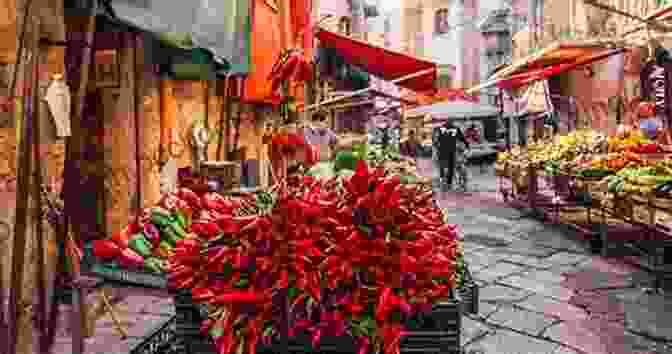
After a brief period of Savoy rule in the 19th century, Sicily became part of the unified Kingdom of Italy in 1861. The modern era has witnessed significant cultural changes in Sicily, as the island has embraced both tradition and modernity.
Today, Sicily is a cultural kaleidoscope, where ancient traditions and contemporary influences seamlessly blend. The island's rich history has left an indelible mark on its people, its art, its cuisine, and its way of life. From the bustling markets of Palermo to the charming hilltop villages of the interior, Sicily offers a tantalizing glimpse into its unique and captivating cultural heritage.
: A Legacy for the Ages
In 'Sicily Cultural History: Interlink Cultural Histories', Dr. Sofia Marino has crafted a comprehensive and engaging account of Sicily's remarkable cultural journey. Through her masterful storytelling and insightful analysis, she unravels the intricate tapestry of the island's past, revealing the profound influence of diverse civilizations and the enduring spirit of its people.
Sicily's cultural heritage is a testament to the power of human creativity and resilience. It is a legacy that continues to inspire and captivate, and that will undoubtedly continue to enrich the world's cultural landscape for generations to come.
4.3 out of 5
| Language | : | English |
| File size | : | 3396 KB |
| Text-to-Speech | : | Enabled |
| Screen Reader | : | Supported |
| Enhanced typesetting | : | Enabled |
| Word Wise | : | Enabled |
| Print length | : | 376 pages |
Do you want to contribute by writing guest posts on this blog?
Please contact us and send us a resume of previous articles that you have written.
 Book
Book Novel
Novel Page
Page Chapter
Chapter Text
Text Story
Story Genre
Genre Reader
Reader Library
Library Paperback
Paperback E-book
E-book Magazine
Magazine Newspaper
Newspaper Paragraph
Paragraph Sentence
Sentence Bookmark
Bookmark Shelf
Shelf Glossary
Glossary Bibliography
Bibliography Foreword
Foreword Preface
Preface Synopsis
Synopsis Annotation
Annotation Footnote
Footnote Manuscript
Manuscript Scroll
Scroll Codex
Codex Tome
Tome Bestseller
Bestseller Classics
Classics Library card
Library card Narrative
Narrative Biography
Biography Autobiography
Autobiography Memoir
Memoir Reference
Reference Encyclopedia
Encyclopedia Jonathan Tarbox
Jonathan Tarbox Len Goodman
Len Goodman Jonathan D Sarna
Jonathan D Sarna Joshua Elliot James
Joshua Elliot James Leon Nell
Leon Nell Jordan West
Jordan West Margery Kempe
Margery Kempe John Turner
John Turner Joseph Burbridge
Joseph Burbridge Robert Bogdan
Robert Bogdan John R Little
John R Little Joseph Cotto
Joseph Cotto Jordan Raynor
Jordan Raynor Jon C Warner
Jon C Warner John R Weisz
John R Weisz Marco Pasanella
Marco Pasanella Ken Dehart
Ken Dehart John Mcgranaghan
John Mcgranaghan Lcf Ns
Lcf Ns Natasha Boyd
Natasha Boyd
Light bulbAdvertise smarter! Our strategic ad space ensures maximum exposure. Reserve your spot today!

 Chadwick PowellAwakened Saturn Legacy: Journey into Uncharted Realms of Cosmic Consciousness
Chadwick PowellAwakened Saturn Legacy: Journey into Uncharted Realms of Cosmic Consciousness
 Elmer PowellEnd of Life Doula Level Caregiver Training: The Ultimate Guide to Supporting...
Elmer PowellEnd of Life Doula Level Caregiver Training: The Ultimate Guide to Supporting...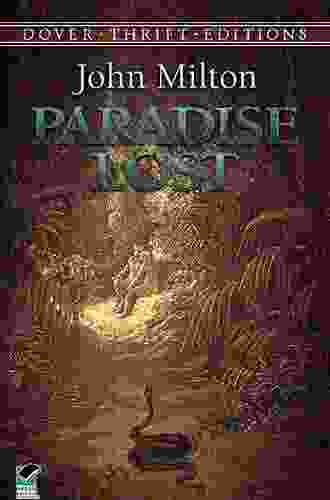
 Gabriel Garcia MarquezJohn Milton's Paradise Lost in Plain English: Unlocking the Literary Treasure...
Gabriel Garcia MarquezJohn Milton's Paradise Lost in Plain English: Unlocking the Literary Treasure... Ibrahim BlairFollow ·7.5k
Ibrahim BlairFollow ·7.5k Benjamin StoneFollow ·9.6k
Benjamin StoneFollow ·9.6k Howard BlairFollow ·19.1k
Howard BlairFollow ·19.1k Henry JamesFollow ·9.6k
Henry JamesFollow ·9.6k Geoffrey BlairFollow ·14k
Geoffrey BlairFollow ·14k Roland HayesFollow ·19.4k
Roland HayesFollow ·19.4k Steve CarterFollow ·13.9k
Steve CarterFollow ·13.9k George OrwellFollow ·15.3k
George OrwellFollow ·15.3k
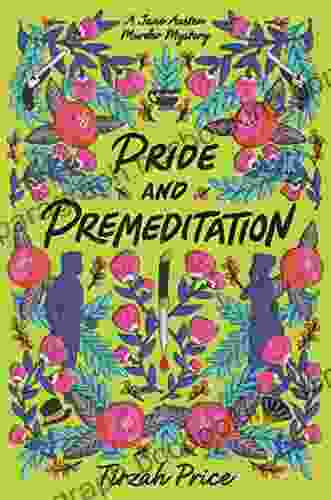
 Joseph Foster
Joseph FosterUnravel the Enigmatic Murders in "Pride and...
Dive into a World...

 Jeffery Bell
Jeffery BellTrauma-Focused CBT for Children and Adolescents: The...
Trauma is a...
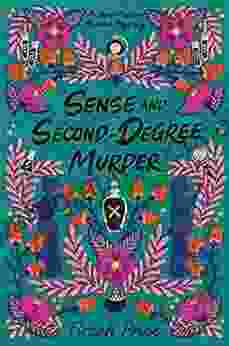
 Jorge Luis Borges
Jorge Luis BorgesSense and Second Degree Murder: A Jane Austen Murder...
Prepare yourself for a...

 Chase Simmons
Chase SimmonsUnleash the Vibrant World of Watercolor: An Enchanting...
In the world of art, watercolor painting...
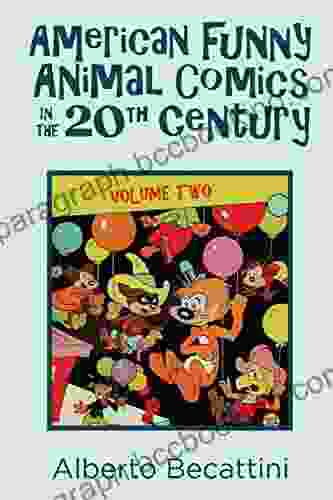
 Rubén Darío
Rubén DaríoAmerican Funny Animal Comics In The 20th Century: A...
Step into a bygone era of laughter and...
4.3 out of 5
| Language | : | English |
| File size | : | 3396 KB |
| Text-to-Speech | : | Enabled |
| Screen Reader | : | Supported |
| Enhanced typesetting | : | Enabled |
| Word Wise | : | Enabled |
| Print length | : | 376 pages |


